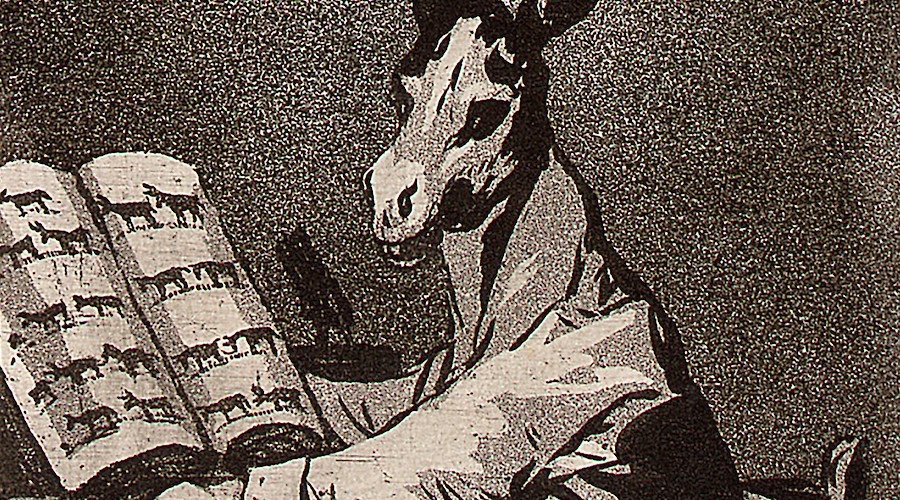Sense of Humor

Major works from the “Caprichos” by Francisco de Goya, a series of etchings showing powerful social commentary, are included in the NGA exhibition.
Humor may be fundamental to human experience, but its expression in painting and sculpture has been limited. Instead, prints, as the most widely distributed medium, and drawings, as the most private, have been the natural vehicles for comic content. Drawn from the National Gallery of Art’s collection, Sense of Humor celebrates this incredibly rich though easily overlooked tradition through works including Renaissance caricatures, biting English satires, and 20th-century comics. The exhibition includes major works by Pieter Brueghel the Elder, Jacques Callot, William Hogarth, James Gillray, Francisco Goya, and Honoré Daumier, as well as later examples by Alexander Calder, Red Grooms, Saul Steinberg, Art Spiegelman, and the Guerrilla Girls.
Near the end of 1792, Francisco de Goya fell victim to a mysterious illness that incapacitated him for much of the following year, left him permanently deaf, and caused him to reevaluate his goals as an artist. Goya subsequently developed fantasy and invention into powerful social commentary in the Caprichos, a series of eighty etchings offered for sale early in 1799, but their sardonic criticisms of the existing social order made the prints controversial, and Goya quickly withdrew them from sale.
From 1815 to 1824, Goya also created the Disparates, a series of etchings related in mood to the Caprichos but larger in scale and more difficult to interpret; eighteen of the twenty-two plates in this series were published for the first time in 1864.